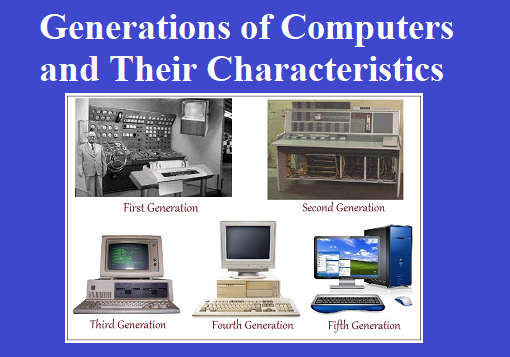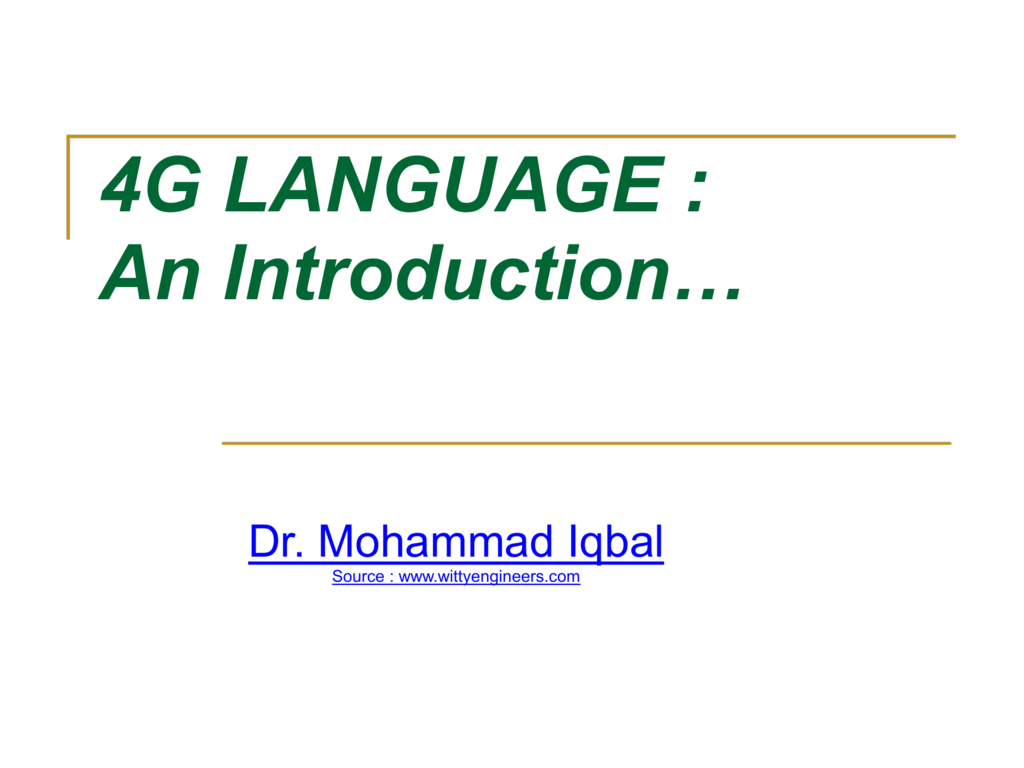

- #2ND GENERATION PROGRAMMING LANGUAGE LIST MANUAL#
- #2ND GENERATION PROGRAMMING LANGUAGE LIST CODE#
- #2ND GENERATION PROGRAMMING LANGUAGE LIST DOWNLOAD#
Designed to work with Apple’s Cocoa and Cocoa Touch frameworks, Swift is meant to be more concise and resilient to erroneous code. It was introduced in 2014 at Apple’s Worldwide Developers Conference.

It uses statements to specify actions and is one of the two main languages targeting the. NET is a high-level programming language implemented on the. NET (2001): A successor to the original Visual Basic language, Visual Basic. The most recent version of C# was released in 2012. It was intended to be simple, modern and object-oriented.
#2ND GENERATION PROGRAMMING LANGUAGE LIST CODE#
This language can be mixed with HTML code or used in combination with templating engines and Web frameworks. PHP (1995): PHP is a server-side scripting language used for both Web development and general-purpose programming.It is intended to let application developers “write once, run anywhere,” so that Java can run on any platform that supports it without the need to recompile. Java (1995): This programming language was designed to have as few implementation dependencies as possible, giving it a wide variety of applications.A successor to the ABC language, its syntax allows programmers to express concepts in fewer lines of code than is possible in languages such as C++ or Java. Python (1991): Python’s design philosophy focuses on readability.
#2ND GENERATION PROGRAMMING LANGUAGE LIST MANUAL#
Originally, the only documentation for Perl was a single manual page, but it has gone through several revisions and changes. It borrows features from other programming languages, such as C, AWK and sed.

In use for over half a century, Fortran was developed by IBM in 1957 for both scientific and engineering applications.

#2ND GENERATION PROGRAMMING LANGUAGE LIST DOWNLOAD#
Share This Image On Your Site | Download Printable Poster This timeline gives you a brief look at where coding is now, as well as how far it has come. With decades of innovation at its core, the history of programming languages makes for a highly complex family tree. Newer and better features are continuously introduced, and the result is a staggering number of coding languages that all serve different, specific purposes. Beginning more than 150 years ago with Ada Lovelace’s translation algorithm, one thing is constant about these languages they are constantly evolving. Since the invention of Charles Babbage’s analytical engine in 1837, computers have always needed instructions to perform tasks- instructions that come in the form of coding languages.


 0 kommentar(er)
0 kommentar(er)
